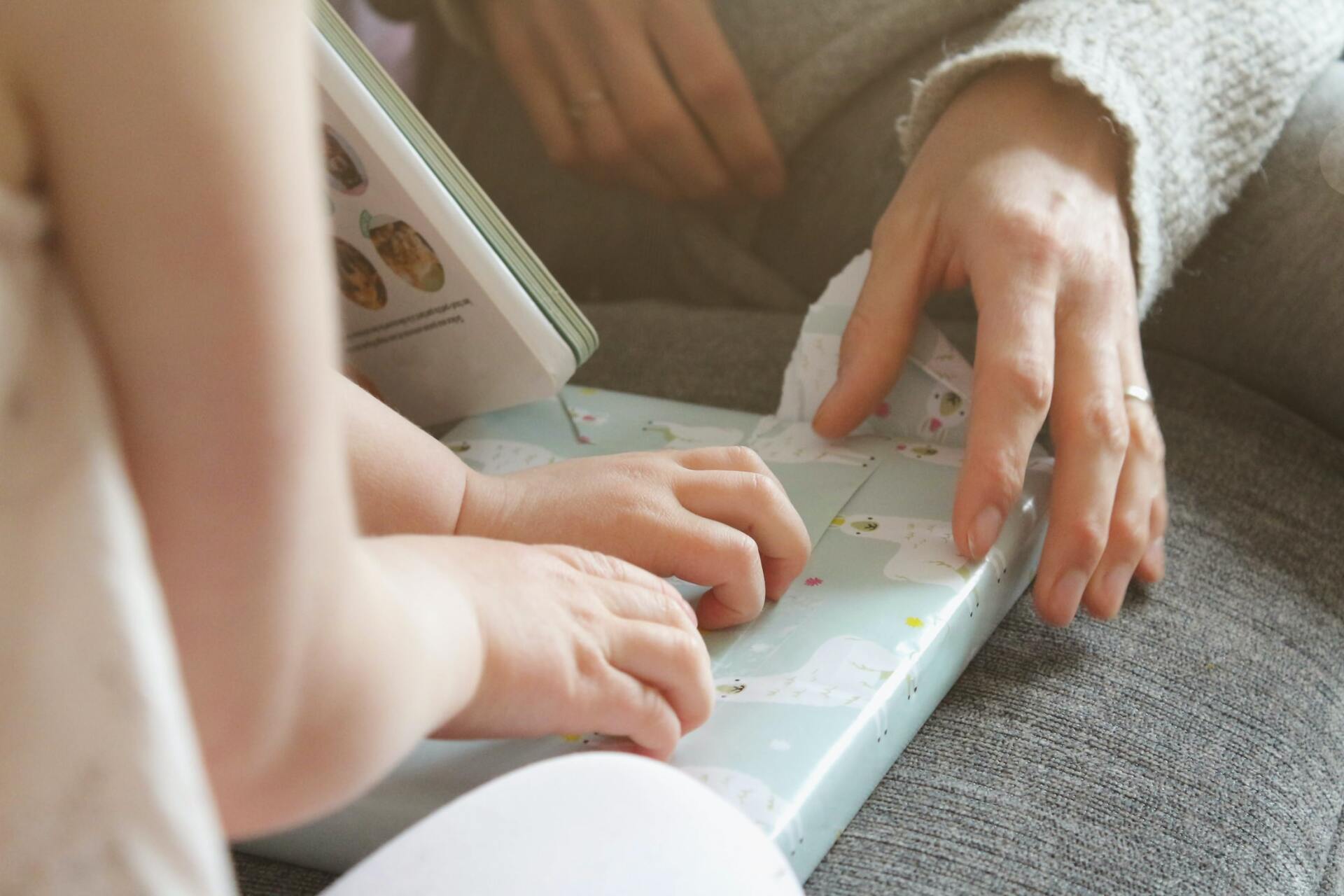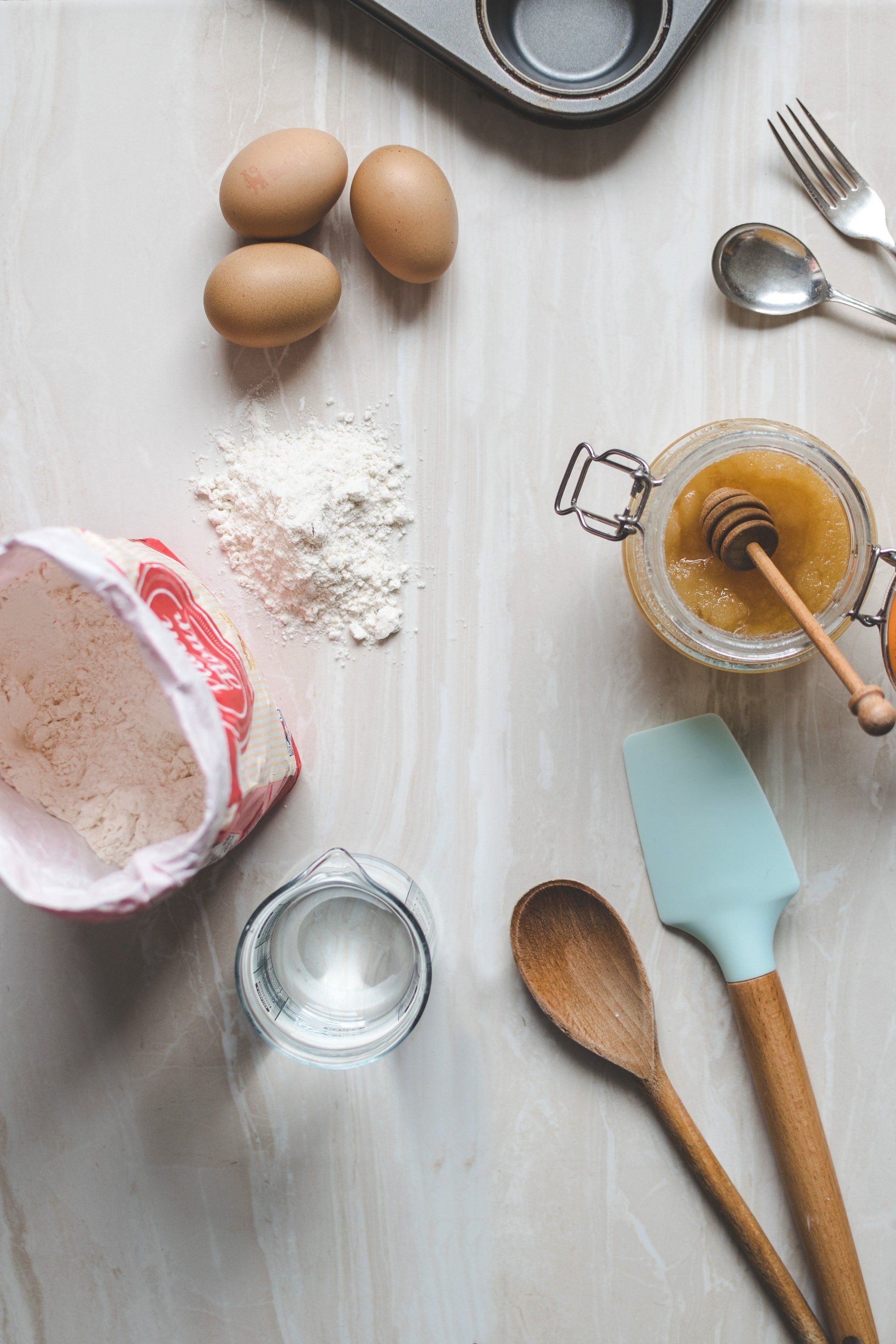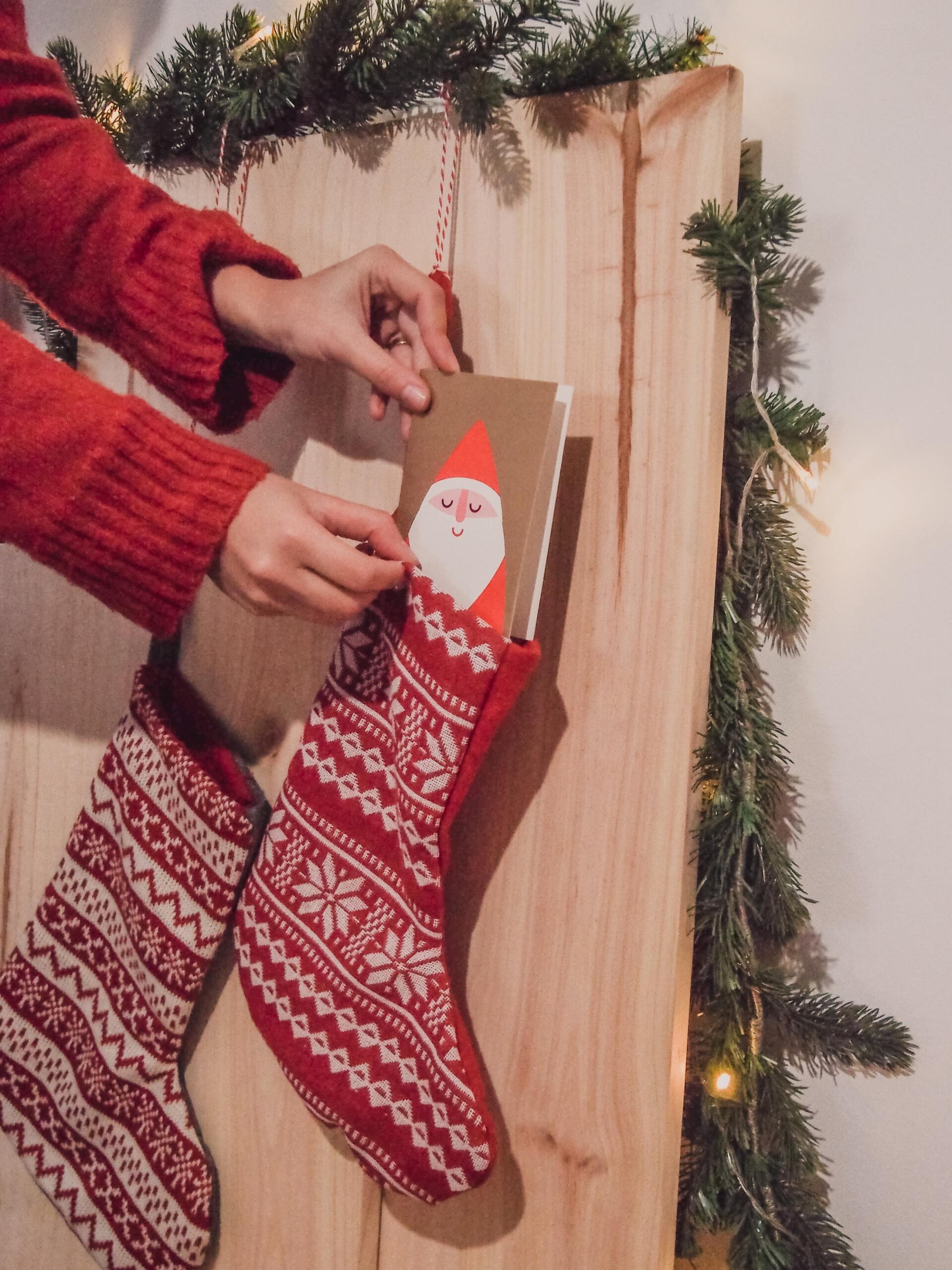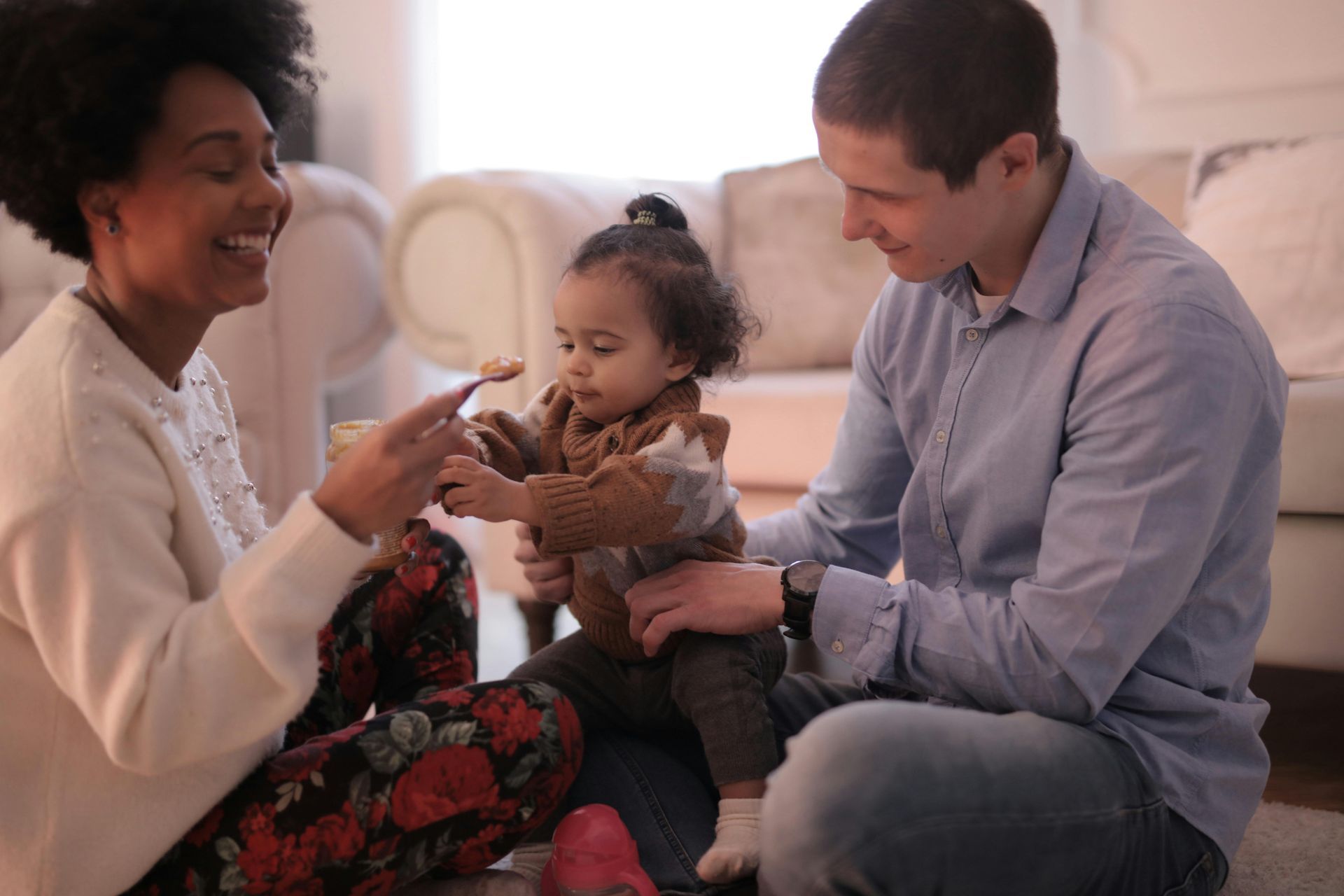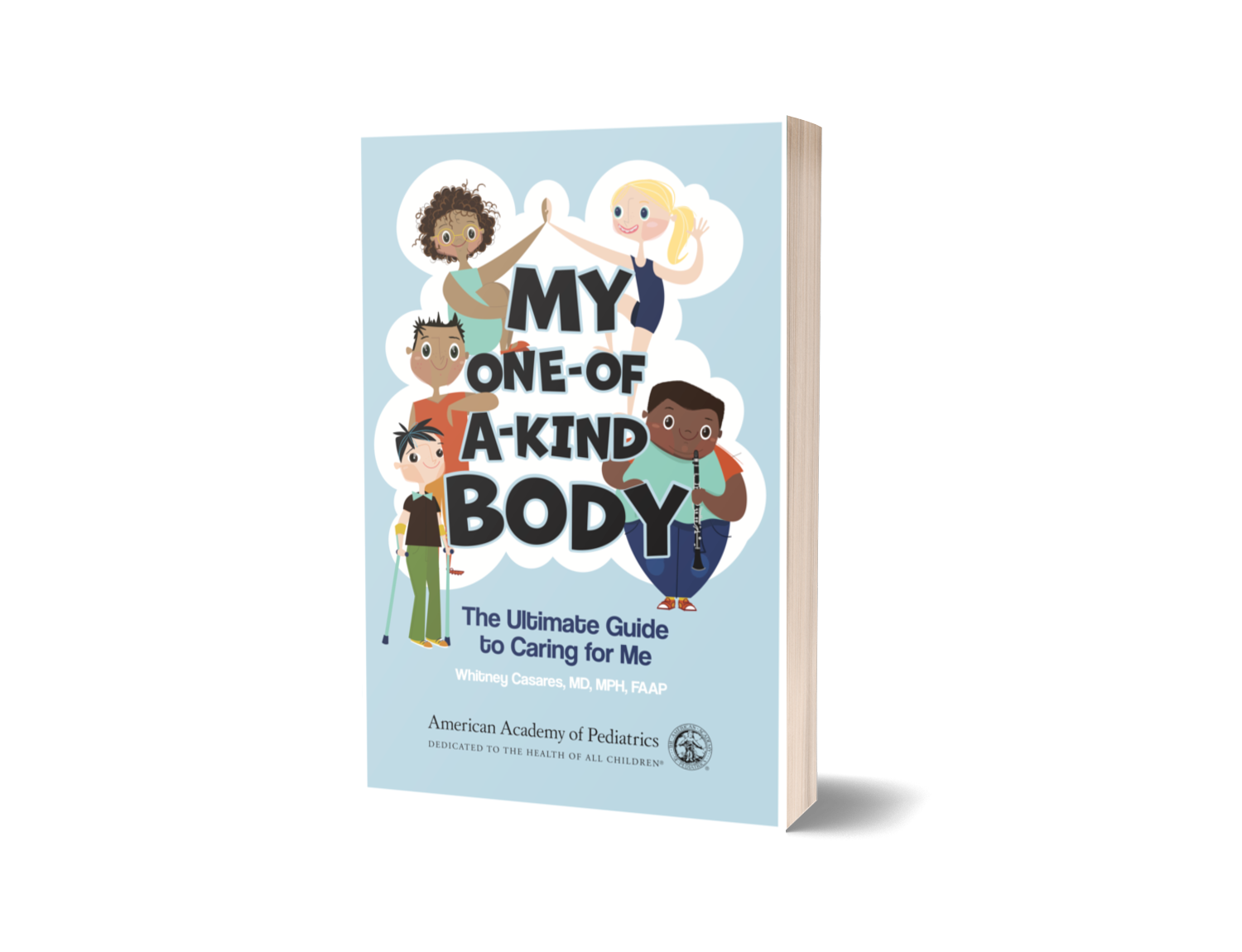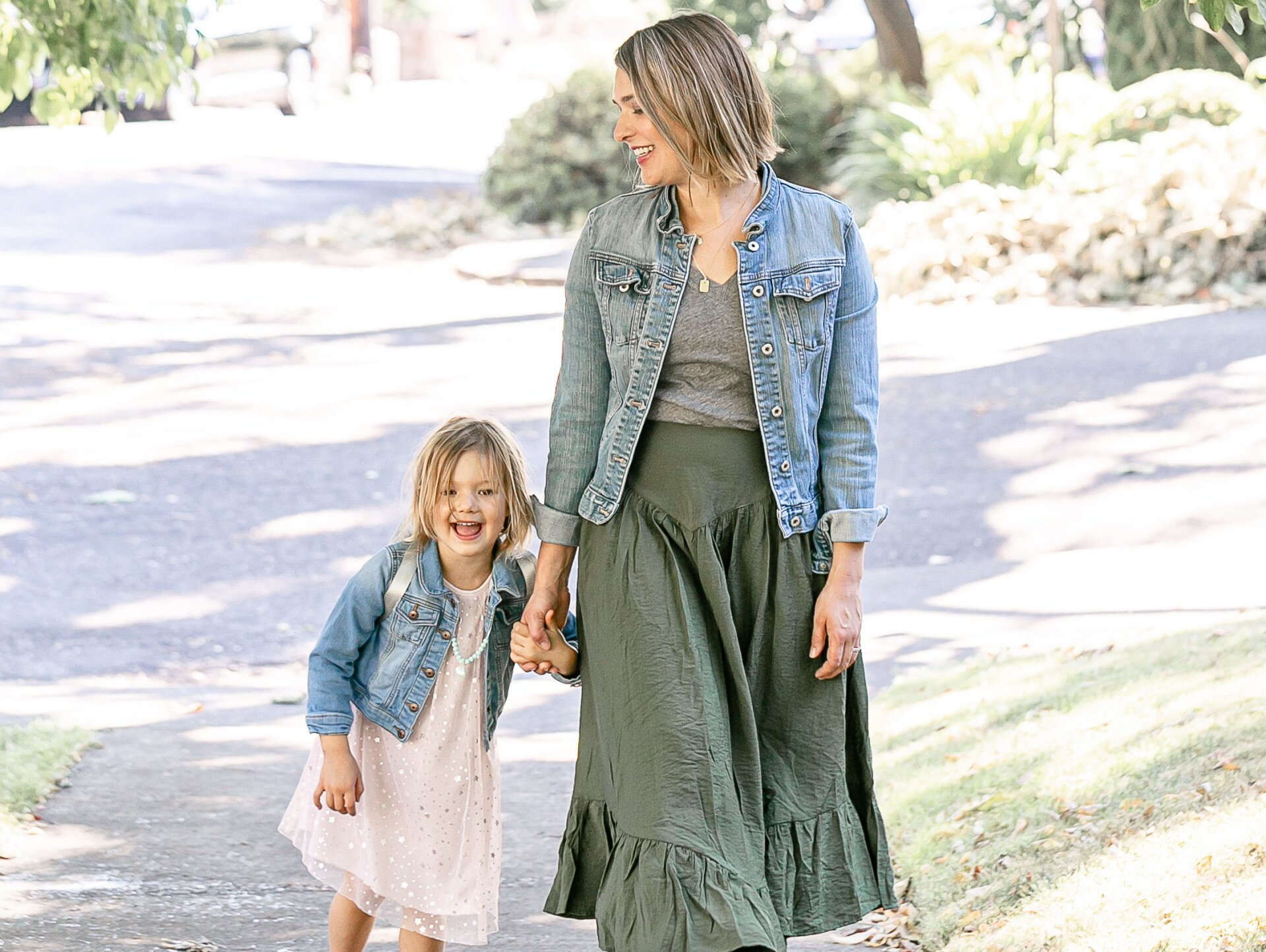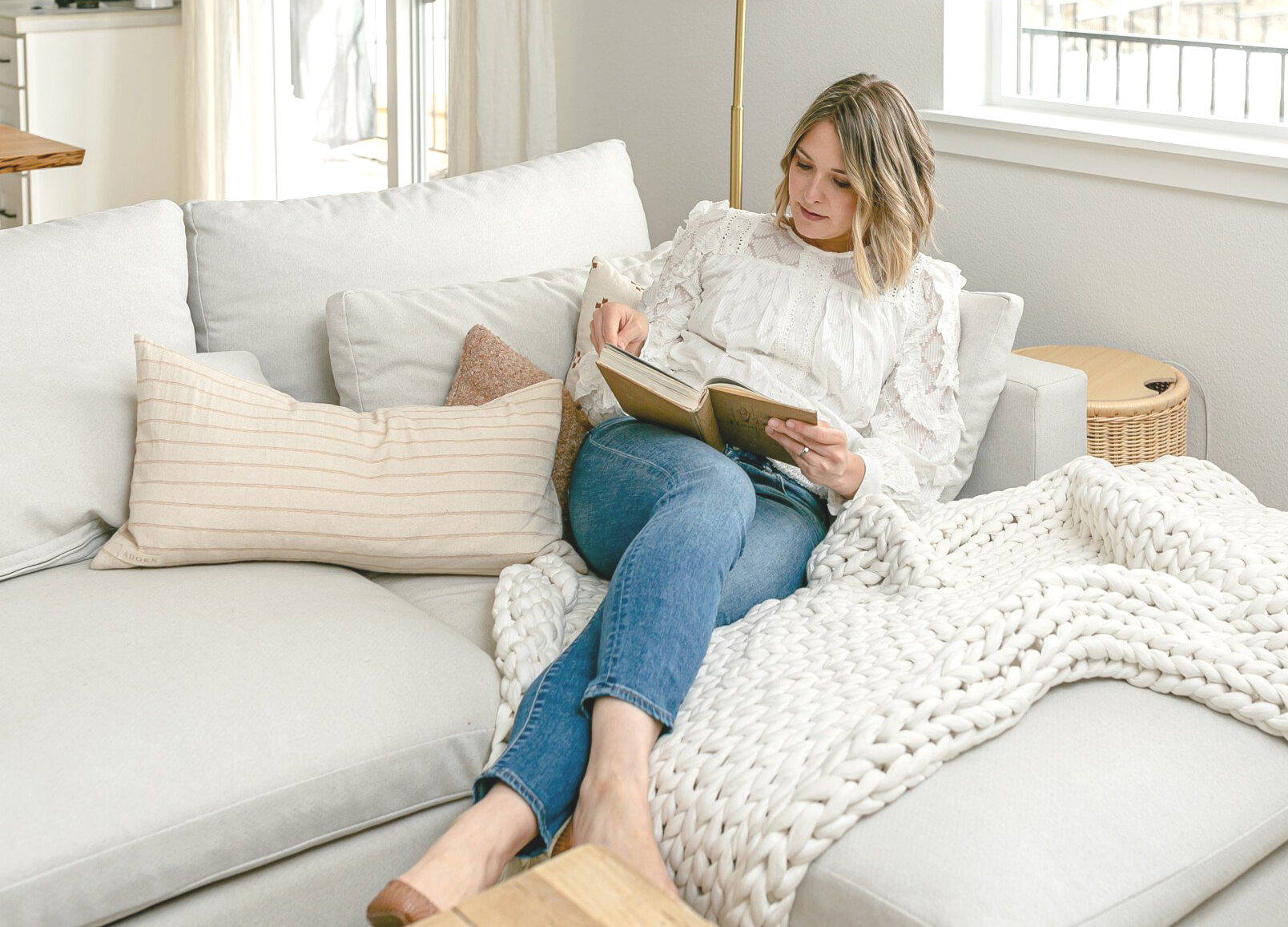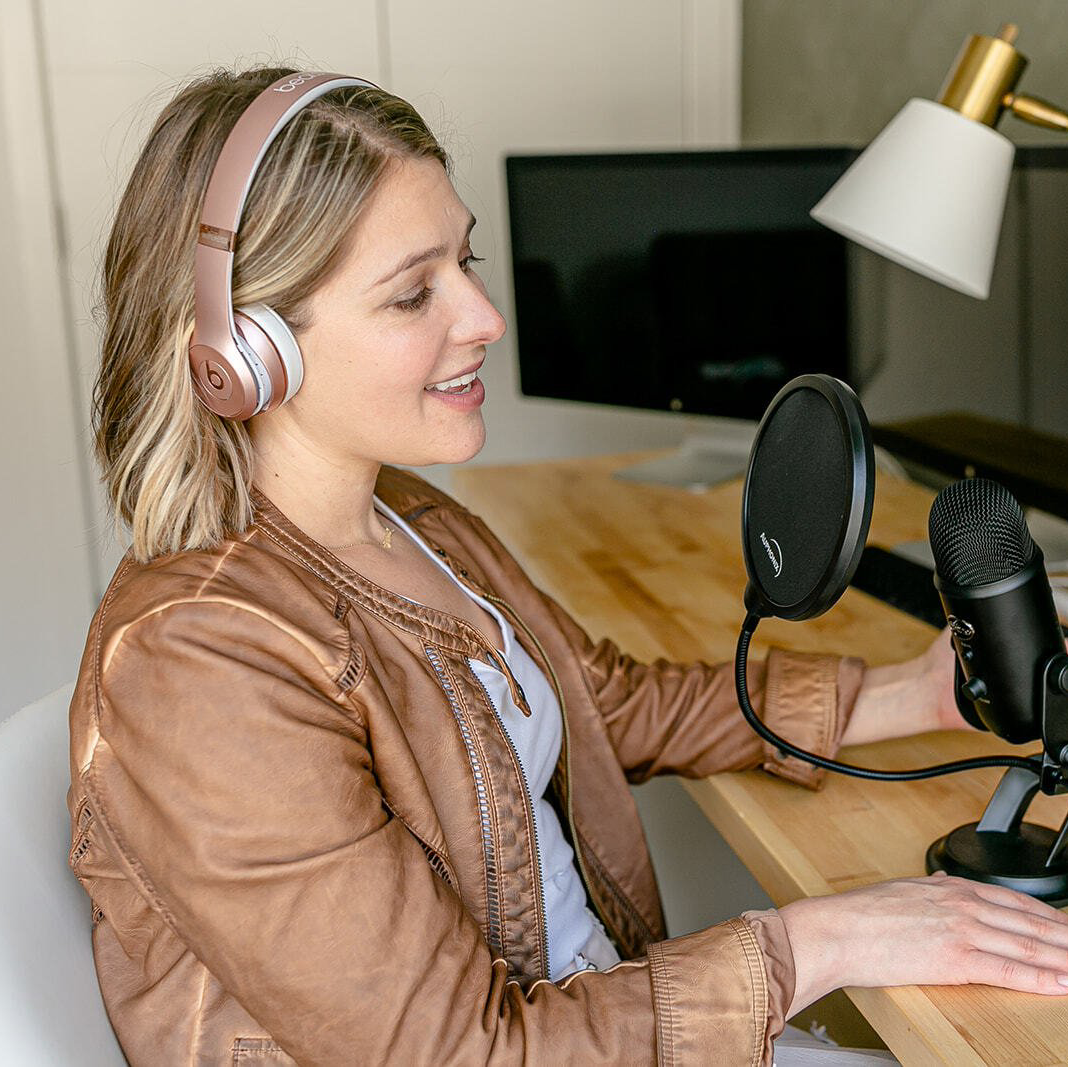One of the funny things about motherhood is how easy it is to get caught up in the minutiae of the day-to-day stuff. We’ve all been there, right? You’re obsessed with getting your kids to eat broccoli or just sing something other than Disney songs for a minute. Then suddenly you’re facing down a whole new set of challenges, and those worries that seemed so big for so long are in the rearview mirror…and you’re not even really sure when they stopped being an issue.
In some ways, this is just part and parcel of parenting. But as modern parents, we also have tools to help us stop, take a step back, and, as Dr. Kenneth R. Ginsburg puts it, think about, “the thirty-five-year-olds we want [our children] to be.”
Dr. Ginsburg uses this example to explain his Seven C’s of Resilience. And it’s incredibly powerful. (I strongly encourage you to check out the concept in both his book and my program on sensitively responding to kids’ big emotions.)
But today I’m thinking about the bigger picture. Maybe it’s the season. Maybe it’s just that my own kids recently turned 7 and 4. Whatever the cause, lately I’ve been focused on that very idea — what kind of women do I want my daughters to become? And one of the qualities at the top of my list is generosity.
Generosity in
Action
Generosity is one of those qualities that can be hard to pin down. Like “kind” or “wise,” being generous often gets defined by imperfect examples or, worse, examples of what NOT to do. (“Keeping all the cupcakes for yourself is not generous!”)
So where does that leave us as parents who want to nurture our children into decent adults? Part of the answer lies in our modeling the very qualities we want our children to have. But some qualities are worth a little extra effort, a little extra intentionality. And I think generosity is one of them.
How to Grow a Giving Heart
The holiday season lends itself nicely to the following ideas but, like exercising or using moisturizer, these are good habits we should practice all year long.
Generosity starts with gratitude, so make a point of saying “thank you” for things big (“Thank you for sharing your favorite toy”) and small (“Thank you for clearing your plate”). Need more structure? Think about starting a daily “thankful for” conversation over dinner or at bedtime when everyone shares what s/he is grateful for that day.
Write weekly or monthly “sunshine notes” that express appreciation for kindness or a good deed. The whole family can get in on this one, and you may be surprised where your notes take you. In addition to writing them to other family members and teachers, you can reach out to coaches, babysitters, neighbors, bus drivers — inclusivity is key!
Talk about feelings. Putting words to emotions like happy, sad, frustrated, or worried gives kids the emotional vocabulary they need to develop more complex characteristics like kindness and generosity. Reading books together is a great way to create a dialogue around emotional literacy, and you can find some great ones in my blog on holiday gift ideas.
Encourage allowance sharing. If you give your child an allowance, suggest setting aside a portion of it for a charitable organization. Kids are natural givers, especially when they can relate to the cause. Consider looking for nonprofits that help pets or other children in need.
Give back as a family. The family that gives together, grows together. Think about what you can all do to make the world a little brighter, from volunteering, to “adopting” a family for the holidays, to writing cards to children spending the holidays in the hospital or elderly people in assisted-living facilities.
Believe in Miracles
I’m all for practicing mindful motherhood, but I also take comfort in trusting in our children’s better natures. Last week, as we were driving along the freeway, my seven-year-old declared out of nowhere, “I need a lot of money.”
“Oh, yeah?” I asked. “For what?”
I’ll be honest. I fully expected to hear her plans to get a new Land of Stories book for herself or that extra pair of winter gloves she’d been eyeing.
“I’m thinking I’m going to walk down the street once I have a lot of money,” she said, “and give it to people who don’t have any. I could use a fan and blow it everywhere.
“I’ll give them a little note,” she added. “It will say, ‘Use this to get some good food and a warm bed. And, if you have enough for yourself, give it to someone else.’”
The seed is there, Mama. We just have to nurture it along.



